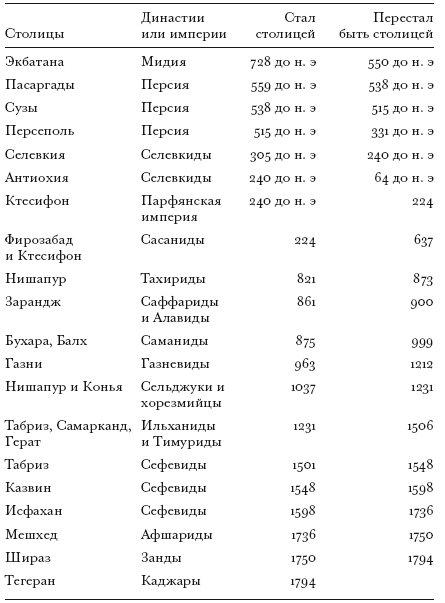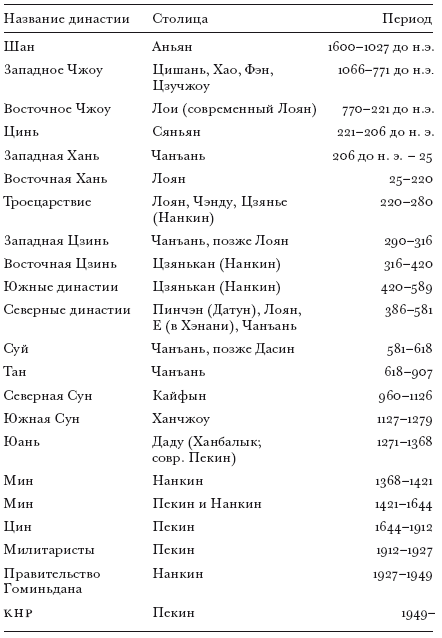Столицы. Их многообразие, закономерности развития и перемещения, стр. 73
Бразилия. Оценка стоимости новой столицы страны дается в долларах на 2010 (Baldussi, 2010). ВНП Бразилии в 1957 году ($17.6 млрд) конвертируется в доллары 2010 года ($137.5 млрд). Pessoa, М. “Fiscal Policy in Brazil and Japan: what can be learned” (Tokio, 2004: 47).
Нигерия. $ю млрд было потрачено за 12 лет, с 1985 по 1997 год. По оценкам экспертов, в 1997 году для завершения проекта требовалось от 2 до 4 млрд долларов. Moser, Gary; Rogers, Scott; Van Til, Reinhold. 1997. “Nigeria: Experience With Structural Adjustment,” IMF Occasional Papers (Washington DC), March, p. 37. В 1985–1992 годах ВНП Нигерии значительно вырос. При расчете с учетом среднего ВНП за эти 7 лет (244 млрд долларов) процент расходов на строительство новой столицы составляет 5 или 6.3 % от ВНП.
Россия. Первая оценка принадлежит Лужкову (2002), вторая Иосифу Дискину (Бабаян, 2011).
Мьянма. Оценка стоимости Шона Тернелла (Sean Turnell), специалиста по бирманской экономике, профессора Macquarie University in Sydney, Australia. “Built to Order: Myanmar’s New Capital Isolates and Insulates Junta,” The New York Times, June 24, 2008.
Казахстан. По официальным оценкам, на перенос было потрачено 2 млрд долларов из государственного бюджета и 2 млрд из частных фондов к 1998 году. Эти цифры некоторые эксперты считают заниженными. С 2002 года только в строительство правительственного комплекса частными компаниями было инвестировано около $5 млрд.
Афганистан. Частные фонды – 23 млрд, государственный бюджет – 11 млрд.
ТАБЛИЦА 5.
Столицы Персии

ТАБЛИЦА 6.
Столицы китайских династий

Список литературы
Adebanwi, Wale (2011). Abuja // Therborn, G. and Bekker, S. (eds.). Capital Cities in Sub-Saharan Africa (Pretoria & Dakar: HSRC & CODESRIA), pp. 84–102.
Ades, A. F., Glaeser, E. L. (1995). Trade and Circuses: Explaining Urban Giants. Quarterly Journal of Economics, 110, pp. 195–227. Anderson, Benedict (1991). The Imagined Community. Verso: London.
Akam, Simon (2011). Not Such a Capital Idea After All // Independent, Feb 24.
Bae, Se-Young (2004). The Effects of Capital City Relocation in Korea Based on Total Factor Productivity Analysis // Japan Economic Policy Association Annual Conference, November 11.
Baldussi, D. (2010). Brasilia, 50 Years as the Capital // Rio Times, January 12. Bangkok Post (2011). PT MPs propose new capital city. November 15. BBC News (2009). Taking the Capital Out of a City. November 3.
Benjamin, Walter (2002). Paris, Capital of the Nineteenth Century // Walter Benjamin: Selected Writing, vol. 3, 1935–1938 / Howard Eiland, Michael W. Jennings (eds.). Cambridge: Harvard University Press.
Berry, Brian (2008). Urbanization, Urban Ecology. An International Perspective on the Interaction between Humans and Nature / John Marzluff et al (eds.).NY: Springer.
Bertaud, Allen (2004). The Spatial Organization of Cities: Deliberate Outcome or Unforseen Consequence? Institute of Urban and Regional Development: University of California at Berkeley.
Best, A.C. (1970). Gaberone: problems and prospects of a new capital// Geographic Review, 60, pp. 1–14.
Bettencourt, L. M. A.; Lobo, J.; Helbing, D.; Kuhnert, C.; West, G. B. (2007). Growth, innovation, scaling, and the pace of life in cities // Proceedings of the National Academy of Sciences 104 (17): 7301–7306.
Bianchini, Аnnik (2009). The ten ‘Grand Paris’ projects for the coming decades // Actualite en France n° 15, April.
Boiy, T. (2004). Late Achaemenid and Hellenistic Babylon. NY: Peeters Publishers.
Borgatti, Stephen & Everette, Martin (2006). A Graphtheoretic perspective on centrality // Social Networks, no. 28, pp. 466–484.
Bowring, B. Moscow: Third Rome, Model Communist City, Eurasian Antagonist – and Power as Power, A London Metropolitan University Research Institute // Polis, 2005–2006.
Bozdogan, Sibel (2001). Modernism and Nation Building: Turkish Architectural Culture in the Early Republic. Seattle & London: University of Washington.
Brade, Isolde & Rudolph, Robert (2004). Moscow, the global city? The position of the Russian capital within the European system of metropolitan areas // Area, 36.1, 69–80.
Brakman, Steven; Garretsen, Harry; Marrewijk, Charles Van (2001). An Introduction to Geographical Economics: Trade, Location and Growth. Cambridge University Press.
Braudel, Fernand (2001). Memory and the Mediterranean. NY: Knopf).
Braudel, Fernand (1992). The Function of Capital Cities // Civilization and Capitalism, 15th–18th Century: The structure of everyday life. Berkeley University Press, Berkeley & LA, pp. 527–563.
Braudel, Fernand (1977). Aferthoughts on Material Civilization and Capitalism. Baltimore & London: John Hopkins University.
Braun, Dietmar (2011). How Centralized Federations Avoid Over-centralization // Regional & Federal Studies, vol. 21, 1: 35–54. Brenner, Reuven (2001). From the Force of Finance: Triumph of the
Capital Markets. Texere, NY. Campbell, Scott (2000). The Changing Role and Identity of Capital Cities in the Global Era // Paper presented at the Association of American Geographers, Pittsbourgh, 27 p. Campbell, Scott (2003). The Enduring Importance of National Capital Cities in the Global Era // University of Michigan, Working Papers Series, 32 p. Campos, Thai (2011). Brasilia – The Mystical Capital of Brazil. http:// suite101.com/article/brasilia – the-mystical-capital-of-brazila367914 Chase-Dunn, Christopher & Willard, Alice (1993). Systems of Cities and World-Systems: Settlement Size Hierarchies and Cycles of Political Centralization, 2000 BC-1988 AD// Paper presented at the
International Studies Association meeting, March 24–27. Acapulco: Mexico.
Chocrane, Allan & Jonas, Andrew (1999). Reimaging Berlin: World City, Capital City or Ordinary Place//European Urban and Regional Studies, 6 (2).
Chevrant-Breton, Marie (2007). Selling the world city: A comparison of promotional strategies in Paris and London//European Planning Studies, vol. 5, issue 2, pp. 137–161.
Clarke, J. (1971). The Growth of Capital Cities in Africa // Afrika Spectrum 2: 33–40.
Cerutti, Furio & Lucarelli, Sonia (eds.) (2008). The Search for a European.Identity: Values, Policies and Legitimacy of the European Union. London & NY: Routledge.
Charle, Cristophe & Roche, Daniel. (eds.) (2002). Capitales culturelles, capitals simboliques. Paris et les experiences europeennes // xvIIIe – xxe siecles. Paris: Publications de la Sorbonne.
Cinar, Alev (2007). The Imagined Community as Urban Reality: The Making of Ankara, Urban Imaginaries: Locating the Modern City / Alev Cinar & Thomas Bender (eds.). The University of Minnesota Press, pp. 151–181.
Clark, Peter; Lepetit, Bernard (1996). Capital Cities and Their Hinterlands in Early Modern Europe. Cambridge: Scholar Press. Cohen, Gary & Szabo, Franz (eds.) (2008). Embodiments of Power. Building Baroque Cities in Europe.NY & Oxford: Berghan.
Corey, Kenneth (2004). Relocation of National Capitals // International Symposium on the Capital Relocation on September 22, Seoul: 43–107.
Cox, Wendell (2005). 21st Century Highways: Innovative Solutions to America’s Transportation Needs. NY. Coulanges, Fustel de (2001). The Ancient City. Kitchener: Batoche Books. Curl, James (2011). Freemasonry & the Enlightenment: Architecture, Symbols, & Influences. NY: Historical Publications. Dagron, Gilbert (1974). Naissance d’une capitale. Constantinople et ses institutions de 330 a 451. Presses universitaires de France: Paris.
